Fake Interior Shader
Updated 2022-06-08: Now supports texture for emission map!
Use a NoiseTexture to get random rooms lit up, like the old version! Some nice settings for the OpenSimplexNoise resource are 3 octaves, 2 period, 1 persistence, and 2 lacunarity.
Fake Interior Mapping shader for the Godot Game Engine 3.x that works with GLES3. This shader is an optimization measure used in game development to increase performance while keeping a good visual quality, This is the technique used in the Sims, Forza Horizon, Spiderman and other open-world games.
Learn how to use it with the creator’s guide:
For one that supports GLES2, check out OBKF’s original version on GitHub: OBKF/Fake-Interior-Shader-for-GodotEngine
Shader code
shader_type spatial;
//render_mode unshaded;
uniform vec2 rooms = vec2(1, 1);
uniform float room_seed :hint_range(0.0, 999.0, 1.0) = 0.0;
uniform vec2 atlas_rooms = vec2(1, 1);
uniform float depth :hint_range(0.0, 1.0)= 0.5;
uniform float emission_cutoff :hint_range(0.0, 1.0) = 0.5;
uniform float emission_strength :hint_range(0.0, 10.0) = 1.0;
uniform sampler2D room_texture :hint_white;
uniform sampler2D room_emit_texture :hint_black;
uniform sampler2D emission_texture :hint_black;
varying vec3 tangent_view_dir;
// psuedo random with float input
vec2 f_random(float co){
return fract(sin((co + room_seed) * vec2(12.9898,78.233)) * 43758.5453);
}
void vertex(){
// scale the UVs by the amount of rooms
UV = UV*rooms;
// Get camera position in World space coordinates
vec3 cam_pos = (inverse(MODELVIEW_MATRIX) * vec4(0, 0, 0, 1)).xyz; //object space
vec3 view_dir = VERTEX - cam_pos;
vec3 bitangent = normalize(cross(TANGENT, NORMAL));
// get tangent space camera vector
tangent_view_dir = vec3(
dot(view_dir, TANGENT),
dot(view_dir, bitangent),
dot(view_dir, NORMAL)
);
}
void fragment () {
// room uvs
vec2 room_uv = fract(UV);
vec2 room_index_uv = floor(UV);
// randomize the rooms
vec2 n = floor(f_random(room_index_uv.x + room_index_uv.y * (room_index_uv.x + 1.0)) * atlas_rooms);
room_index_uv += n;
// get room depth from room atlas alpha else use the Depth paramater
float far_frac = textureLod(room_texture, (room_index_uv+0.5)/atlas_rooms, 0.0).a;
if (far_frac == 1.0) far_frac = depth;
float depth_scale = 1.0 / (1.0 - far_frac) - 1.0;
// raytrace box from view dir
vec3 pos = vec3(room_uv * 2.0 - 1.0, -1.0);
vec3 _tangent_view_dir = tangent_view_dir;
_tangent_view_dir.z *= -depth_scale;
vec3 id = 1.0 / _tangent_view_dir;
vec3 k = abs(id) - pos * id;
float k_min = min(min(k.x, k.y), k.z);
pos += k_min * _tangent_view_dir;
// 0.0 - 1.0 room depth
float interp = pos.z * 0.5 + 0.5;
// account for perspective in "room" textures
// assumes camera with an fov of 53.13 degrees (atan(0.5))
float real_z = clamp(interp, 0.0, 1.0) / depth_scale + 1.0;
interp = 1.0 - (1.0 / real_z);
interp *= depth_scale + 1.0;
// iterpolate from wall back to near wall
vec2 interior_uv = pos.xy * mix(1.0, far_frac, interp);
interior_uv = interior_uv * 0.5 + 0.5;
// sample room atlas texture
vec2 uv = (room_index_uv + interior_uv) / atlas_rooms;
vec3 room = textureLod(room_texture, uv, 0.0).rgb;
vec3 emit = textureLod(room_emit_texture, uv, 0.0).rgb;
// use emission map based on cutoff parameter
ivec2 emission_texture_size = textureSize(emission_texture, 0);
int x = int(float(UV.x * float(emission_texture_size.x))) % int(rooms.x);
int y = int(float(UV.y * float(emission_texture_size.y))) % int(rooms.y);
// Scale UV across whole surface, offset by a half room
vec2 stretched_uv = (UV / rooms) - (0.5 / rooms);
// Force UV to be "pixelated" by rounding each room
vec2 pixelated_uv = round(stretched_uv * rooms) / rooms;
float is_emit = dot(textureLod(emission_texture, pixelated_uv, 0.0).rgb, vec3(0.299, 0.587, 0.114));
is_emit = is_emit >= emission_cutoff ? 1.0 : 0.0;
// final result
ALBEDO = room * (1.0 - is_emit);
EMISSION = emit * is_emit * emission_strength;
}


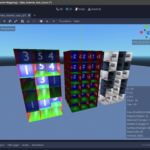
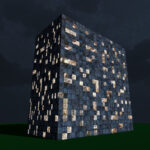
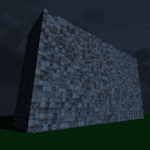
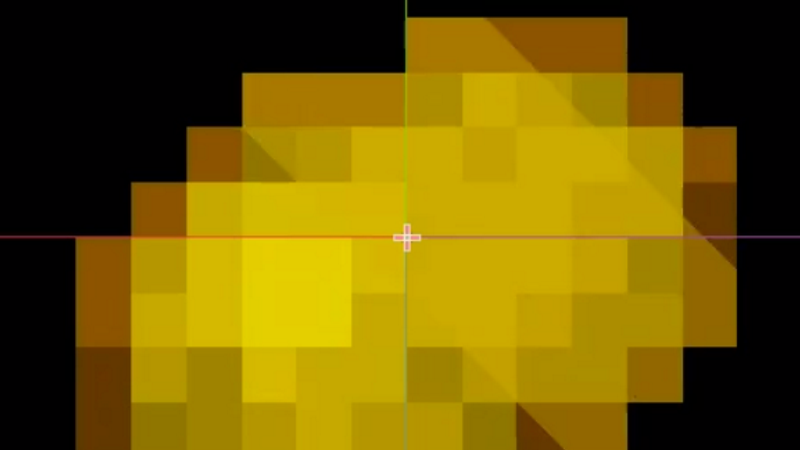
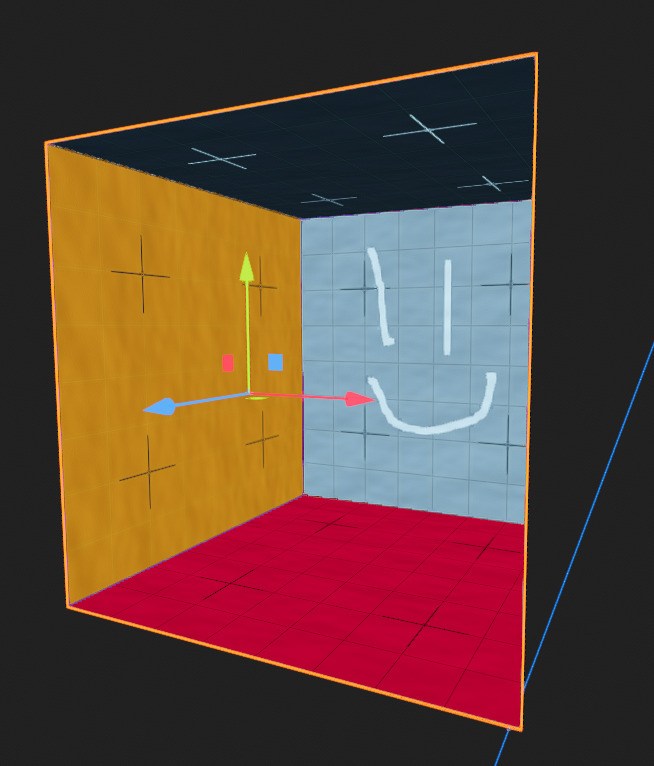
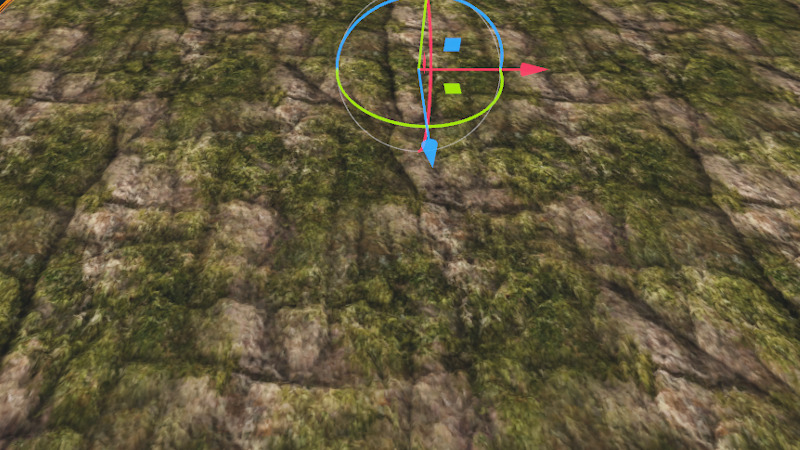
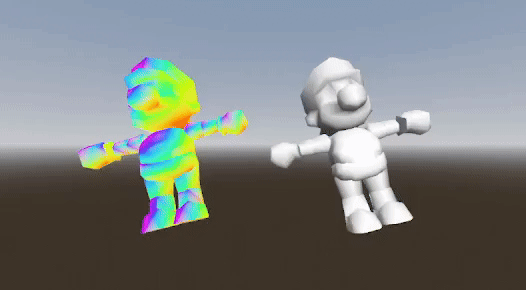
that is really coooool!
Very good shader, thanks for sharing!